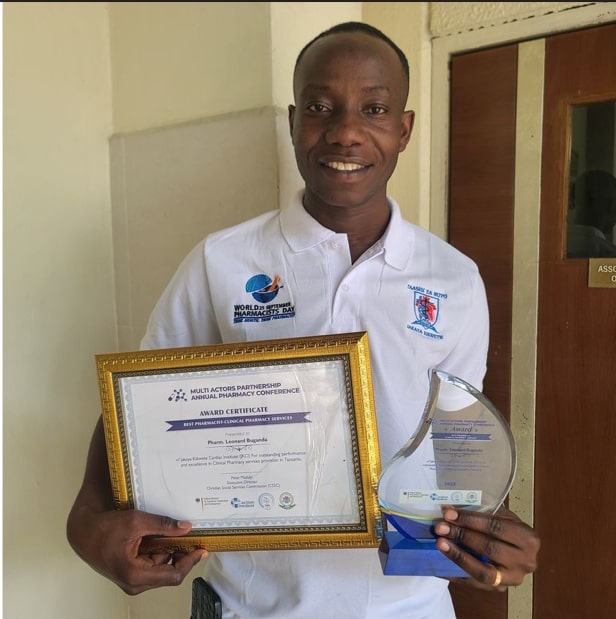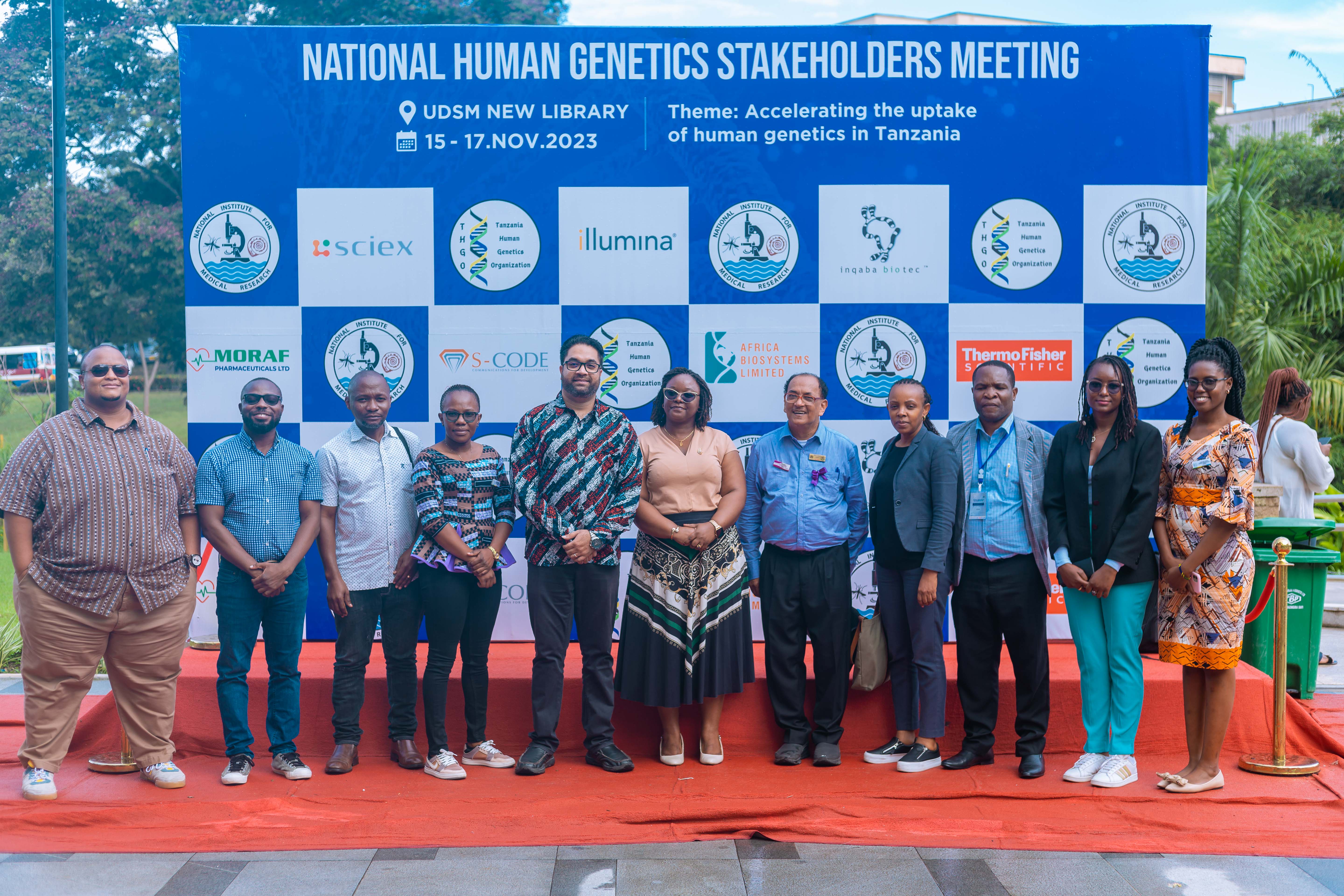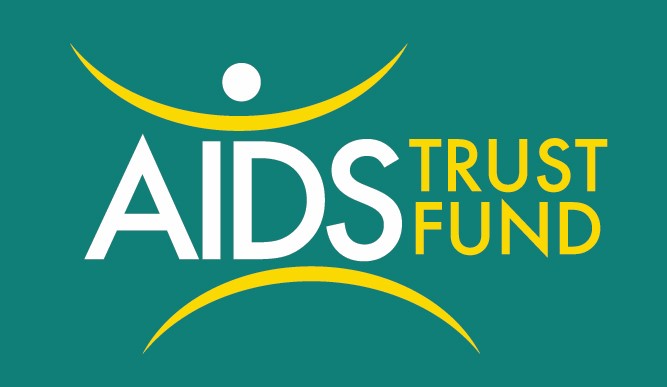It’s now barely three months into the year 2025, and it feels like an eternity. The US government’s new administration has cut off USAID’s funding, seemingly overnight. Tanzania is one of the most affected African countries, and others such as the Democratic Republic of Congo(DRC) Ethiopia, Somalia, Niger,Uganda. Each of these countries received more than US$400 million in 2023. These nations must now survive without USAID. The funding is gone, probably irrevocably.
For Tanzania’s HIV/AIDS programs, this translates to healthcare services cut off for millions, thousands of job losses, and a huge void in the national health system.
But we shouldn’t have gotten here.
The warnings that “foreign aid was no longer reliable” had been sounded early on. Long ago, before the Trump Era. The need for sustainable domestic funding for the health sector here in Tanzania started kicking in many years ago. Some promising initiatives were put in place, such as the AIDS Trust Fund (ATF), established under Tanzania Commission for AIDS (TACAIDS) Act No. 22 of 2001 with amendments No. 6 of 2015. ATF was aimed at strengthening HIV and AIDS domestic resources by increasing government contribution to HIV national response as well as from the private sectors.
But where did this “domestic resource mobilisation” momentum go?
For too long, Tanzania, like most African countries, has relied heavily on external aid for its health sector. This, in a way, stifled the development of robust, domestically funded solutions. The reality is that the dependency on aid, while well-intentioned, has hindered the full realization of our local potential. As the African-led HIV Control Working Group rightly stated in the Lancet Global Health recently, it’s “time for African leadership” and for Tanzania, there is no need to reinvent the wheel.
The foundation was already built.
The AIDS Trust Fund (ATF) was envisioned as a cornerstone of a self-sufficient national HIV/AIDS response. However, this promising initiative, although intended to be a source of sustainable funding, has remained largely dormant, yet it had shown some promising results. Between 2016 and 2020, ATF successfully raised funds for various HIV/AIDS programs, including prophylactic drugs against opportunistic infections, building a center for HIV/AIDS services in Mirerani for miners and prevention programs for youth in higher education institutions in Dodoma.
To capitalize on this, the government must implement a multi-pronged approach: firstly, a comprehensive restructuring of the ATF's governance, diversifying its revenue streams through targeted private sector engagement and innovative financing instruments to ensure sustainable funding; secondly, a quantifiable expansion of the ATF's scope to cover a significantly larger proportion of HIV/AIDS interventions, directly reducing reliance on external aid; thirdly, the establishment of formalized Public-Private Partnerships, with clearly defined roles and responsibilities, to leverage private sector expertise and resources; fourthly, the full integration of HIV/AIDS funding into national health budgets, with specific allocation targets and performance-based budgeting to maximize efficiency; and lastly, an aggressive expansion of the National Health Insurance Fund (NHIF) coverage, focusing on the informal sector and ensuring comprehensive HIV/AIDS service inclusion, with measurable targets for enrollment and service utilization, all while maintaining rigorous financial transparency and accountability.
It’s now time to transform the ATF into a comprehensive national health fund, akin to a “Local Global Fund,” addressing not only HIV/AIDS but also tuberculosis, malaria, and vaccine procurement. To achieve this, diverse funding streams can be established. A percentage (1-5%) of property taxes, a portion of Occupational Safety and Health Authority (OSHA) revenues, and a 1% levy on Rural Energy Agency (REA) projects could provide consistent and substantial contributions. Crucially, corporate social responsibility (CSR) initiatives from local companies, investments from private funds, and contributions from wealthy and well wisher individuals must be actively solicited and integrated into the ATF’s financial framework.
The revitalization of the ATF must be accompanied by a strategic integration of HIV prevention and adherence services into existing healthcare infrastructure. By embedding these services within reproductive and child health (RCH) clinics, non-communicable disease (NCD) clinics, other infectious disease clinics and general outpatient departments (OPD), we can ensure seamless access and reduce stigma. Furthermore, community healthcare workers, who possess invaluable local knowledge and trust, must be empowered to play a central role in prevention, adherence support, and follow-up care for individuals on antiretroviral therapy (ART), connecting them effectively to health facilities.
The question of how the government will address the funding gap for HIV/AIDS remains paramount. The ATF, chronically underfunded, was initially conceived with the expectation of government support through various channels and public-private partnerships (PPPs). The current crisis necessitates a renewed commitment to these principles. The government must demonstrate decisive leadership by prioritizing the ATF’s revitalization and ensuring its financial sustainability.
Moreover, the potential for local pharmaceutical manufacturing must be reignited. The 2017 announcement by Tanzania Pharmaceutical Industries (TPI) to resume ARV production, despite facing initial setbacks, highlighted the nation’s capacity for self-sufficiency. The challenges TPI encountered, including accusations and legal battles, must serve as a cautionary tale. Streamlined regulatory processes and unwavering government support are essential to fostering a thriving local pharmaceutical industry.
To ensure sustainability and effectiveness, these domestic resource mobilization efforts must be integrated into various national policies and plans. This includes the National Development Vision 2050, political party manifestos, and sectoral strategic plans in health, industry, and trade. By doing so, we will ensure that self-reliance becomes an integral part of our nation’s development and that we can effectively manage financial challenges without excessive dependence on external aid.
The ongoing aid cut crisis should, therefore, not be veiwed merely as a setback. It’s a call for transformative action. Tanzania must seize this moment to break free from the shackles of aid dependency and forge a path towards a sustainable, locally driven healthcare system. The time for action is now, before the gains made are irreversibly lost.
Editorial support by Dr. Syriacus Buguzi









